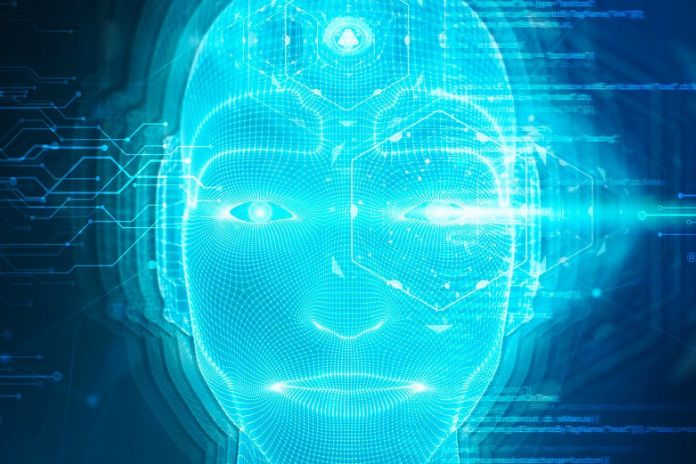The healthcare sector is usually very enthusiastic about technological advances that make a difference both in the patient’s life and in the day-to-day operation of a hospital, for example. Today, machine learning plays a crucial role in many healthcare-related areas, including developing new medical procedures, handling patient data and records, and treating chronic diseases. In this text, the objective is to understand what machine learning is and what its influence is in the health area.
What Is Machine Learning?
The technology uses algorithms, sequences of rules, or instructions that lead step by step to solving a problem. Machine learning can organize and analyze data, detect patterns, make machines learn from them, and generate intelligent solutions.
Thus, the computer has experiences, learns from them, and automatically changes its behavior. All this is without human interference, except in the elaboration and maintenance of the algorithm. It’s as if technology makes a machine think like a human being.
Through this format, the system adapts to more significant amounts of information whenever new information is received. Based on previous experiences, he gains more and more practice in solving problems. It is a learning that never stops; it only improves. The developer, in turn, no longer needs to program the machine in detail for each piece of data, each piece of information, order by order to achieve success in performance. With each experience, the machine improves more.
An example of how machine learning works is if you type any word into a search engine, such as “alcohol,” the system will analyze what it will bring up referring to that word. It uses some criteria to bring you the most accurate result. One of the criteria is your search history, for example. If you previously searched for “drinks,” “celebration,” and “bar,” it will bring up items in the sense of alcoholic beverages. If you have searched for “care” or “hygiene,” it will bring alcohol in the context of sterilization and prevention. As you continue to search, the system collects more and more information about you. He already manages to direct you to a much more precise result at a certain point.
Difference Between What Is Machine Learning And Artificial Intelligence
Many are confused about the differences between what is machine learning and artificial intelligence. AI is the ability of a machine to reason and perform an activity or task, often being able to do it better than a human being. A bank system that calculates data and generates automatic reports is an excellent example of a digital solution capable of replacing a person. This way, there are more accurate results, more team time, and fewer calculation errors, among many other benefits.
Machine learning is a division or subset of artificial intelligence that, as mentioned earlier, is based on algorithms. It’s like a child who is growing up and starting to learn: as he interacts with the environment and people, he understands more and more information. Compare one experience with another and make associations between them.
Difference Between What Is Machine Learning And Deep Learning
And what would be the differences between what is machine learning and deep learning?
Machine learning is related to deep learning, which means deep learning. It is a technology with more complex algorithms than machine learning. The idea of deep learning is to have as much resemblance as possible to the human brain.
Machine learning works linearly. On the other hand, deep learning works in layers, making its analysis difficult as the complexity is more significant. After all, when it comes to layers, it uses the principle of neural networks, which is when algorithms work similarly to neurons. These also receive a tremendous amount of information, recognize and treat it, regardless of its complexity.
Because of its method, deep learning can work with vast information and process it very efficiently. An example is Google’s image ranking. Or also voice recognition in autonomous vehicle systems.
Deep learning serves as a basis for machine learning to increasingly improve its ability to recognize data, especially when there are many. An example is Google Translate, which uses both technologies in practice. Before machine learning was implemented, Google did the translations using independent sentence parts. Soon after, the system began translating complete sentences using context to accomplish its goal more accurately. And with the implementation of deep learning together, the translator can generate an increasingly influential and accurate translation.

